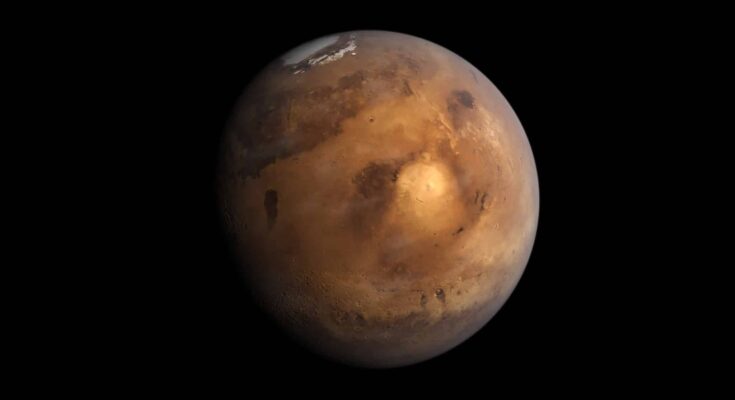After the 1960s space race, which culminated in the United States landing a man on the Moon, the next logical progression for space exploration appeared to be sending humans to Mars.
Fifty-five years later, this has not been the case, and it’s hardly surprising. Sending people to Mars will be an extremely difficult task.
A hypothetical mission to Mars will face many “conventional challenges.” Some of these might include sending astronauts with the necessary materials to build somewhere they can breathe in or building it before their landing.
Food and Water are also to be under consideration, given that the supplies would have to be enough for the astronauts to have a safe prolonged stay.
Biggest challenge to manned Mars mission
Thanks to decades’ worth of research from the International Space Station, we now know that microgravity has numerous effects on the body.
For instance, people exposed to this phenomenon in space might experience vision problems and muscle loss. However, this is just the tip of the iceberg, as we have only just begun to understand how exposure to space radiation might affect us physically.
Space radiation might sound like something straight out of Marvel comics, but it’s not only completely real but also extremely dangerous.
This radiation comes from two main sources—the sun and cosmic rays. Solar forms of radiation come from solar flares, whilst cosmic rays come from dying stars billions of miles away.
Although there is a lack of understanding as to what these rays actually do, there are some leading theories. Experts believe space radiation can raise cancer risk, affect the central nervous system, and completely overhaul the immune system.
Protecting astronauts from this radiation might be the real key to allowing astronauts to one day set foot on Mars.
The trip to the Red Planet
Space radiation is by far the main factor holding back a manned mission to the Red Planet. It is so threatening that NASA’s own calculations show that a mission to Mars could expose astronauts to more than one sievert of radiation.
This measure is above the acceptable limit for NASA’s lifetime radiation exposure. The biggest threat for these astronauts will be during travel, given that Mars’ atmosphere could provide limited protection to astronauts.
Despite the dangers of space radiation, there is real interest in exploring the Red Planet. For instance, NASA is researching ways in which space radiation danger can be mitigated.
One of these technologies is nuclear propulsion. Even though this might enable space shuttles to travel more quickly, mitigating space radiation, this has problems of its own.
For example, if something were to go awry during launch, then highly radioactive material would scatter on Earth’s atmosphere.



